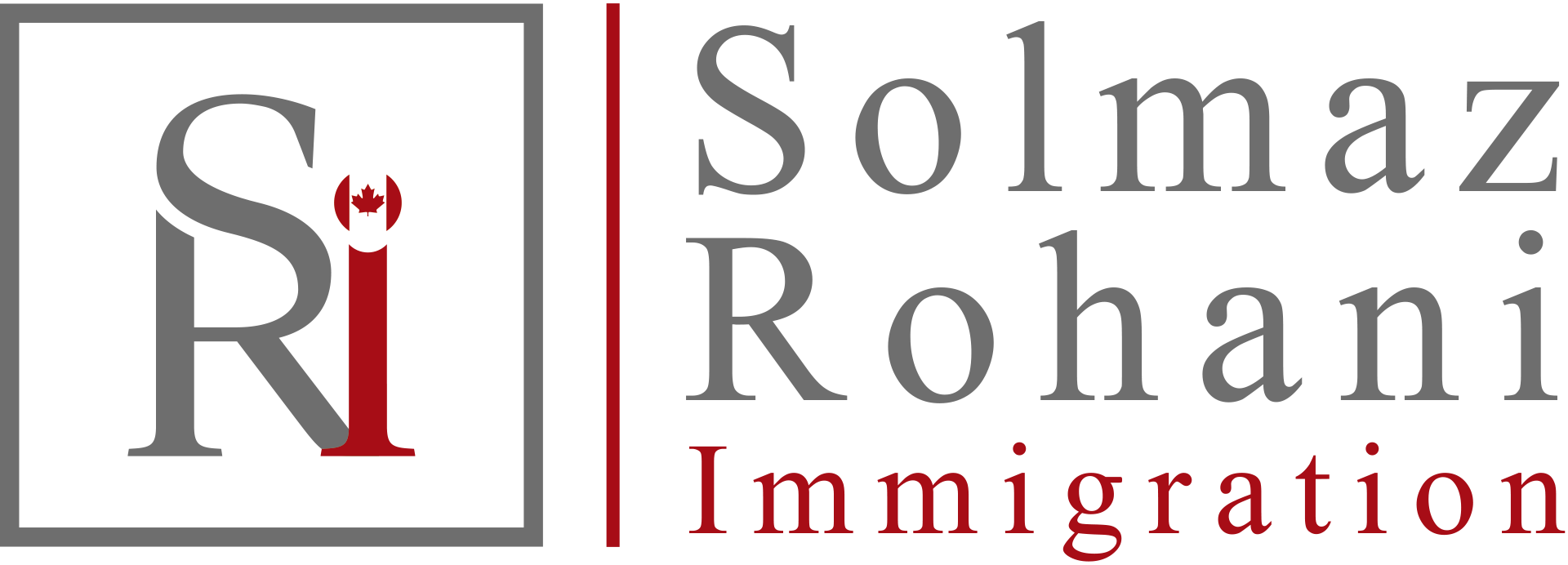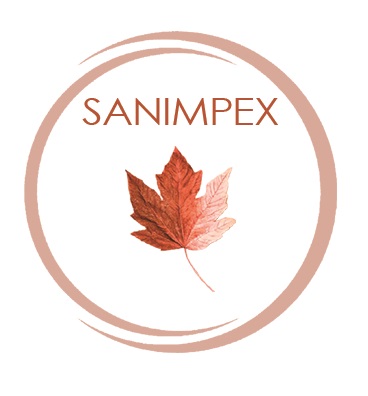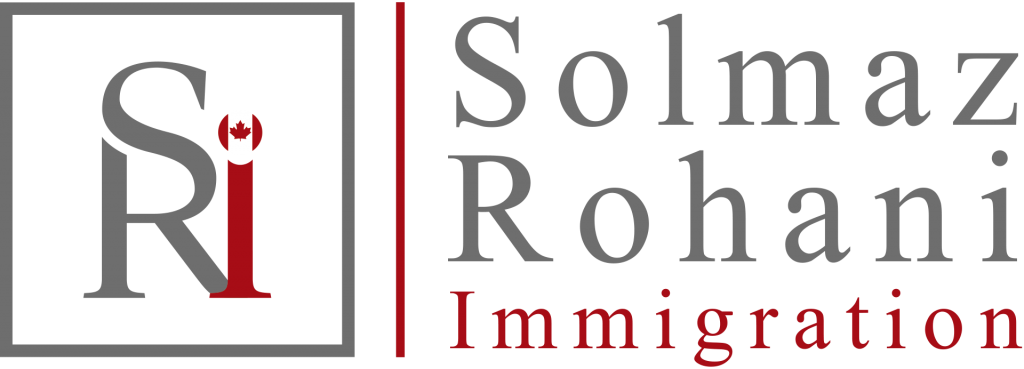The name Yukon comes from the Gwich’in word Yu-kun-ah meaning “great river” and is a reference to the Yukon River. Lying in the northwestern corner of Canada and isolated by rugged mountains, the Yukon borders Alaska to the west, British Columbia to the south and the Northwest Territories to the east. Historically, it is indelibly associated with the great Klondike Gold Rush.
The Yukon is divided by three of Canada’s seven physiographic regions. The vast majority of the territory is within the Cordillera region, while small, northern portions belong to the Arctic Lands and Interior Plains. Within the territory are plateaus and mountains, all of which continue westwards into Alaska. There are significant variations within each physiographic region. The high central Yukon Plateau, at an average elevation of 1,200 m, is interrupted frequently by local mountain areas and deep valleys. The 2,400 m Ogilvie Mountains in the north separate it from the Porcupine Plateau. The Porcupine Plateau is in turn delineated to the north and east by the British and Richardson Mountains, respectively.
The Yukon Plateau is bounded by the Selwyn and Mackenzie mountains in the east. An area of lower terrain in the south, near the 60th parallel, separates it from the mountainous areas of northern British Columbia. Southwestern Yukon is home to the spectacular St Elias and Coast Mountains, which rank among Canada’s highest peaks. Mount Logan (5,959 m) is the highest mountain in Canada and the second highest in North America.
Over 65 per cent of the territory is drained by the Yukon River system, including the Porcupine River basin north of the Ogilvie Mountains. The two major exceptions are the Peel River, which drains a lesser plateau in the northeast, and the Liard River, in the lower-lying plain sector in the southeast. These rivers drain into the Mackenzie River to the east. Permafrost is continuous north of the Porcupine River, and discontinuous but widespread through the rest of the territory.
Boreal forests cover 57 per cent of the territory and vegetation is classified as sub-arctic and alpine. White spruce and lodgepole pine trees are the predominant commercial tree species. The region is also notable for native plant diversity. For example, there are over 200 species of wildflowers.
The Yukon has some of North America’s largest populations of grizzly bears and Dall sheep. Other large mammals found in the territory include caribou, moose and mountain sheep. The territory provides critical habitat for migratory birds, such as trumpeter swans and birds of prey. The barren-ground porcupine caribou herd migrates between Alaska, the Yukon and the Northwest Territories. Pacific salmon ascend the Yukon River and its tributaries from Norton Sound, in Alaska. (See also Geography of Yukon.)
Primary resource extraction has always been the foundation of the Yukon economy. Furs, the original trading commodity, continue to be harvested and exported. Although of declining importance to the economy overall, the fur harvest remains a vital source of income. During a brief but hectic period at the turn of the century an active Arctic whaling industry was based on Herschel Island, the only sheltered harbour along the Yukon’s Arctic coast.
The economy is vulnerable to reversals in mining, for example, in the 1980s all of the major Yukon mines closed due to depressed world markets, resulting in a serious economic crisis and a decline in population.
In 2011–12, there were 28 elementary and secondary schools serving the needs of 5,027 students from kindergarten to grade 12. Administration is centralized in the Department of Education. Each school has a locally elected school council, which has consultative power in the hiring and evaluation of the school’s principal, and the development of rules and planning for its particular school. A school council also advises on matters such as bus schedules and local curriculum. Under the Education Act (1990), provisions were made to ensure that each school has either a school council or school board. The Yukon Francophone School Board (Commission scolaire francophone du Yukon, CSFY) is the only such body in the territory. A school board has added responsibilities regarding staffing, operations and maintenance.
Yukon school curriculum is based on the British Columbia curriculum with modifications to reflect local purposes. French immersion is offered in Whitehorse at École Émilie-Tremblay for grades 1 through 12. Instruction is also offered in various communities in seven different Aboriginal languages, and Aboriginal input, on a variety of educational matters, is coordinated through a First Nations Education Commission.
Post-secondary education programs are delivered through Yukon College’s main campus (created in 1988) in Whitehorse , and its network of 13 community campuses in 12 communities. Students can obtain their first two years of university-level education through Yukon College or they can enroll in a variety of specialized diploma and trade programs. In 2011–12, the college reported over 5,700 enrolled students. In 2007, the Yukon School of Visual Arts (SOVA) was established in Dawson City by the city’s Arts Society, Yukon College and Tr’ondek Hwech’in. Students complete their first year of a Bachelor of Fine Arts at this accredited college and transfer to a partnering institution to complete their degree. There are also degree programs offered in cooperation with other institutions, such as a Bachelor of Social Work or a Yukon Native Teacher Education Program, both with the University of Regina.



